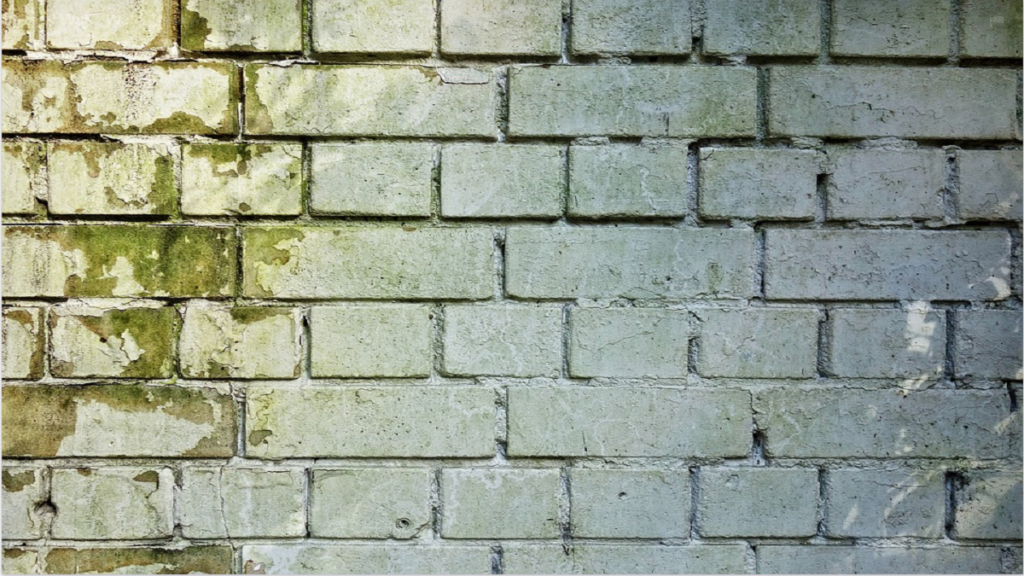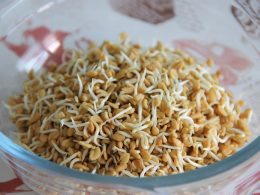Table of Contents
As mold spores blend in with the air, one inhale and exhale allows mold entry into the body. Suddenly or gradually, the mold will trigger negative reactions in the respiratory system and immune system. Everyone who lives with hidden or exposed mold will develop these symptoms. The triggers a person will experience and the symptom’s severity varies by person. With the variations depending on the person in mind, keep an eye out for these symptoms in yourself or your family. Once you identify these problems, you can then work on finding the source of the mold and removing it.

Allergy-like Nose Congestion
Sneezing and a runny nose suddenly or gradually occurs when people inhale mold through the nasal area. The mucus starts off clear upon the first few contacts with mold, mimicking an allergy. Continued exposure changes the mucus to yellow or green, mimicking the common cold. The mold blocks passageways on one side of the nose too, forcing the person to breathe from the mouth.
Skin, Eye, and Respiratory Irritation
Uncomfortable feelings in the nose such as itchiness and burning will occur in the nasal cavities. Itchiness spreads to the throat, and the reaction upon contact is coughing. The coughing leads to uncontrollable coughing or wheezing. Repeated exposure to mold intensifies the cough. A factor causing the uncontrollable coughing is the postnasal drip where the nasal discharge drips down the throat, causing a tickling sensation in the throat area. Irritation occurs in the skin, evolving into rashes, scaly skin, and dry skin. Irritation occurs in the eyes too, responding to the mold attack through an itching sensation.
Watery Eyes
Another reaction to irritated, itchy eyes is watery eyes. Expect the ducts to overreact to mold exposure upon contact by watering the eyes continuously until the mold spore clears up. Since watery eyes are salty, it can burn if a person wipes their eyes. Mold remediation can eliminate visible and hidden mold, reliving a person of watery eye symptoms and additional mold triggers.
Allergic Bronchopulmonary Aspergillosis
In severe mold allergy cases, inhaling the air with mold will make it difficult to breathe. This condition is allergic bronchopulmonary aspergillosis. One symptom of the condition is a tightened chest. It creates a coughing sensation every time a person inhales instead of breathing normally. Coughing, wheezing, and shortness of breath are three additional symptoms. The symptoms behave similarly to asthma.
What to Do if You Suspect Mold is in Your Home
The similarity with common illness can cause confusion about the source of the symptoms. If these problems persist for an unusually long time, it would be worth investigating, especially in warm summer months when mold spores spread easily and quickly. Checking places like your air conditioning vents, pipes, especially where leaks might be difficult to notice, or rooms in your house that are hotter than the others. If you find mold, it is easiest to call professional services to take care of the spread. The area must be properly sanitized and the mold properly disposed of before you can dwell there as normal.
Mold allergies behave like seasonal allergies with different variations of symptoms. Mold amplifies people suffering from existing allergies or asthma, making it worse. The symptoms are persistent and the only cure is to limit exposure to the mold spore. Check your home for mold spores and properly remove them if they are found. If needed, you can visit their doctor for additional relief to combat mold exposure. The symptoms and tips discussed in this article will help you identify if you have been inhaling mold spores.















